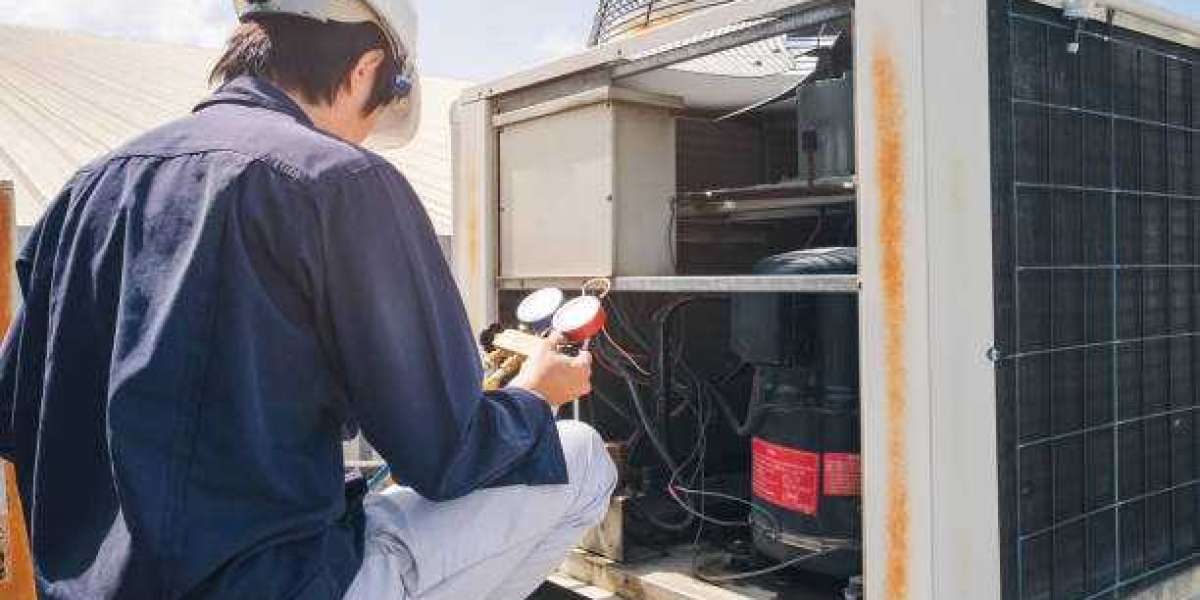Wi-Fi networks have become a fundamental part of everyday life, enabling wireless internet access for a plethora of devices in homes, businesses, and public spaces. Understanding how Wi-Fi networks operate, how to set them up, and how to secure them is crucial for optimizing their performance and ensuring safe connectivity.
Components of a Wi-Fi Network
A typical Wi-Fi network consists of several key components:
Router: The heart of a wifi network, the router connects to the internet via a modem and broadcasts a wireless signal to nearby devices. It directs data traffic between the devices and the internet.
Modem: This device connects to the internet service provider (ISP) and converts data from your ISP into a format that your devices can use.
Access Points: In larger areas, additional access points may be used to extend the range of the Wi-Fi network. These are especially useful in big homes or office buildings.
Devices: Any device with a Wi-Fi adapter can connect to the network. This includes smartphones, laptops, tablets, smart TVs, and IoT devices like smart thermostats and security cameras.
Setting Up a Wi-Fi Network
Setting up a Wi-Fi network involves several steps:
Choose the Right Equipment: Select a router that meets your needs. For most homes, a dual-band router offering both 2.4 GHz and 5 GHz bands is ideal, providing a balance between range and speed.
Connect the Modem and Router: Use an Ethernet cable to connect your modem to your router. Plug in the power supplies and turn on both devices.
Access Router Settings: Connect a computer or smartphone to the router using an Ethernet cable or the default Wi-Fi network. Open a web browser and enter the router's IP address (commonly 192.168.1.1 or 192.168.0.1) to access the router's admin interface.
Configure Network Settings: Set a unique SSID (network name) and a strong password. Choose the appropriate security protocol (WPA3 is recommended for the best security).
Optimize the Network: Place the router in a central location to ensure even coverage. Avoid placing it near large metal objects or other electronic devices that might cause interference.
Enhancing Wi-Fi Network Performance
To get the most out of your Wi-Fi network, consider the following tips:
Update Firmware: Regularly update your router's firmware to ensure you have the latest features and security patches.
Use a Mesh Network: For large or multi-story homes, a mesh network can provide better coverage and eliminate dead zones.
Channel Selection: Modern routers can automatically choose the best channel, but manually setting a less crowded channel can improve performance in densely populated areas.
QoS Settings: Quality of Service (QoS) settings prioritize important traffic, such as video calls or gaming, over less critical activities.
Securing Your Wi-Fi Network
Security is a critical aspect of maintaining a Wi-Fi network. Here are some steps to secure your network:
Use Strong Encryption: WPA3 offers the best security. If your router does not support WPA3, use WPA2.
Change Default Credentials: Change the default username and password for your router’s admin interface to prevent unauthorized access.
Enable a Guest Network: If you frequently have guests, set up a separate guest network to keep your primary network secure.
Disable WPS: Wi-Fi Protected Setup (WPS) is convenient but can be a security risk. Disable it if not needed.
Monitor Connected Devices: Regularly check the list of connected devices in your router’s admin interface to spot any unauthorized devices.
Conclusion
Wi-Fi networks are essential for providing convenient and flexible internet access. Understanding the components and setup process, optimizing performance, and securing the network are crucial for ensuring a reliable and safe wireless environment. By following best practices, users can maximize their Wi-Fi network’s efficiency and security, enabling smooth and secure connectivity for all their devices.
For more info. visit us:



